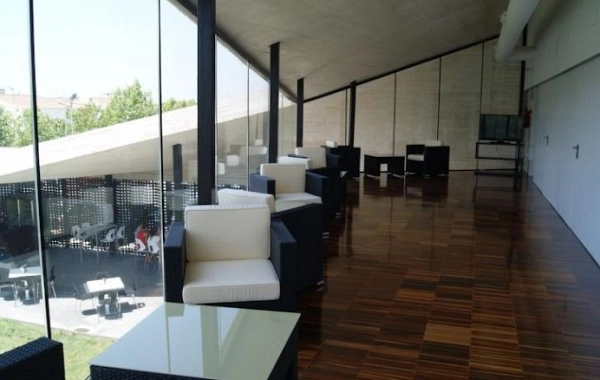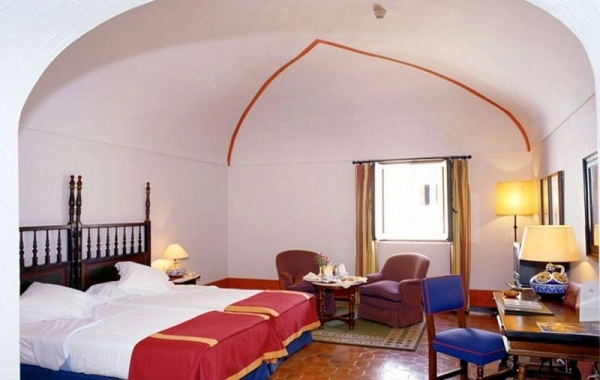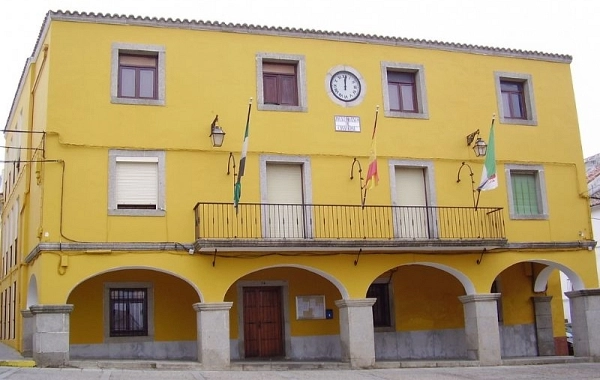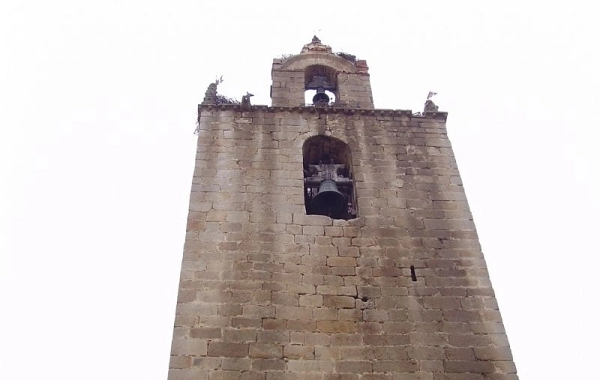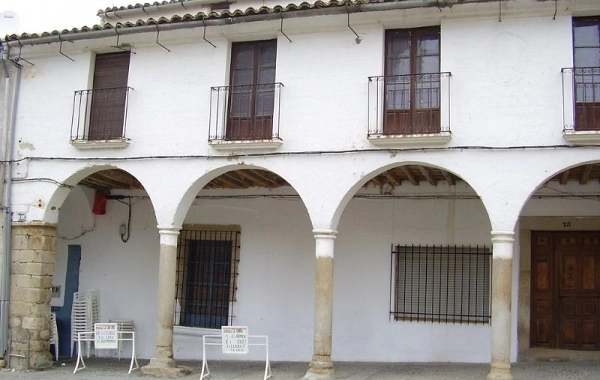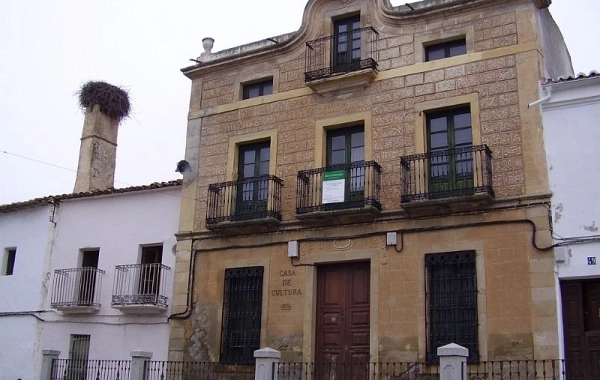VP12 - Casar de Cáceres - Cañaveral - 33,2 km
Distance33 Km.Related packages
Stage of the Camino de Santiago: Casar de Cáceres to Cañaveral
In this stage of the Camino de Santiago, pilgrims depart from Casar de Cáceres and follow a path full of history and nature, crossing important points of the Via de la Plata towards the final destination of the stage: Cañaveral. Throughout this route, travelers enjoy a peaceful journey, surrounded by Mediterranean vegetation and several points of historical interest.
From Casar de Cáceres to the Roman Road
We begin our march leaving Casar de Cáceres towards the Hermitage of Santiago, where we take a track that is located to the right of the hermitage. We continue for several kilometers and cross the Espino stream, passing by several milestones that mark the passage of time on this historic route. Upon reaching a gate, we encounter two alternatives to continue the path. The most recommended option is to go straight, which will bring us back to the N-630 road.
Crossing the Almonte and Tajo Rivers
In this section, we will cross the Almonte and Tajo rivers and pass by the Alcántara reservoir, offering impressive views to the left. A little further ahead, we will find a hostel where pilgrims can stop. In front of the hostel, a path leads us to the Roman road, which we continue along until we reach Cañaveral, after covering about 13 kilometers surrounded by holm oaks and scrubland.
Cañaveral: History and Monuments
Upon reaching Cañaveral, pilgrims find themselves in a village with historical roots dating back to the 16th century, when it was already mentioned as a stop for transhumant livestock herders. Its economy has traditionally been agricultural and livestock-based, but in the 19th century, it began to transform with the rise of industry and commerce.
The landscape of Cañaveral is marked by Mediterranean forest vegetation, predominantly cork oaks and rockroses, giving it a unique natural charm.
What to See in Cañaveral- Parish Church of Santa Marina
- Hermitage of San Roque
- Hermitage of Cristo del Humilladero
- Shrine of Nuestra Señora de Cabezón
End of the Stage: Cañaveral
After completing this stage of the Camino de Santiago, pilgrims can enjoy the tranquility of Cañaveral before continuing on their route to the next stage. The village, surrounded by history and nature, is an ideal place to take a brief pause on the long journey towards Compostela.
Stages
- VP01 Sevilla - Guillena , 22 km
- VP02 - Guillena - Castilblanco de los Arroyos - 19 km
- VP03 - Castilblanco de los Arroyos - Almadén de la Plata - 29,5 km
- VP04 - Almadén de la Plata-Monesterio - 34,5 km
- VP05 - Monesterio-Fuente de Cantos - 21,6 km
- VP06 - Fuente de Cantos - Zafra - 24,6 km
- VP07 - Zafra - Almendralejo - 36,7 km
- VP08 - Almendralejo - Mérida - 29,6 km
- VP09 - Mérida - Alcuéscar - 36 km
- VP10 - Alcuéscar - Valdesalor - 25,7 km
- VP11 - Valdesalor - Casar de Cáceres - 22,8 km
- VP12 - Casar de Cáceres - Cañaveral - 33,2 km
- VP13 - Cañaveral - Galisteo - 28 km
- VP14 - Galisteo - Cáparra - 29,5 km
- VP15 - Cáparra - Baños de Montemayor - 28,5 km
- VP16 - Baños de Montemayor - Fuenterroble de Salvatierra - 32,9 km
- VP17 - Fuenterroble de Salvatierra - San Pedro de Rozados - 28 km
- VP18 - San Pedro de Rozados - Salamanca - 23,4 km
- VP19 - Salamanca- El Cubo de la Tierra del Vino - 35 km
- VP20 - El Cubo de la Tierra del Vino - Zamora - 31,6 km
- VP21 - Zamora - Montamarta - 18,5 km
- VP22 - Montamarta - Granja de Moreruela - 22,7 km
- VP23 - Granja de Moreruela - Benavente - 25,5 km
- VP24 - Benavente - Alija del Infantado - 22,1 km
- VP25 - Alija del Infantado - La Bañeza - 20,5 km
- VP26 - La Bañeza - Astorga - 24,2 km




